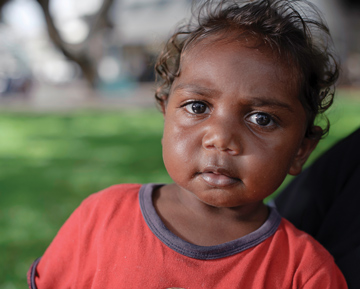Search
Showing results for "early lung health"
Research
An infant mouse model of influenza-driven nontypeable Haemophilus influenzae colonization and acute otitis media suitable for preclinical testing of novel therapiesNontypeable Haemophilus influenzae (NTHi) is a major otitis media (OM) pathogen, with colonization a prerequisite for disease development. Most acute OM is in children <5 years old, with recurrent and chronic OM impacting hearing and learning. Therapies to prevent NTHi colonization and/or disease are needed, especially for young children. Respiratory viruses are implicated in driving the development of bacterial OM in children.
Research
Clinical Predictors of Longitudinal Respiratory Exacerbation Outcomes in Young Hospitalised ChildrenRespiratory infection and wheezing illness are leading causes of hospitalisation in childhood, placing a significant burden on families and healthcare systems. However, reliably distinguishing children at risk of developing persistent disease from those likely to outgrow their symptoms remains a clinical challenge. Earlier identification would allow clinicians to focus care and resources on those most likely to benefit from long-term management, while reducing anxiety and uncertainty about the future for families.
There are lots of ways of getting involved in the research at the Wesfarmers Centre.
Research
Nasal delivery of a commensal Pasteurellaceae species inhibits nontypeable Haemophilus influenzae colonisation and delays onset of otitis media in miceWe have demonstrated that a single dose of a closely related commensal can delay onset of NTHi otitis media in vivo
Research
Cohort profile: The WAACHS Linked Data StudyDespite the volume of accumulating knowledge from prospective Aboriginal cohort studies, longitudinal data describing developmental trajectories in health and well-being is limited.
Research
Determination of Tr1 cell populations correlating with distinct activation states in acute IAV infectionType I regulatory (Tr1) cells are defined as FOXP3-IL-10-secreting clusters of differentiation (CD4+) T cells that contribute to immune suppression and typically express the markers LAG-3 and CD49b and other co-inhibitory receptors. These cells have not been studied in detail in the context of the resolution of acute infection in the lung.
Research
Vitamin D in fetal development: Findings from a birth cohort studyBirth cohort studies provide an invaluable resource for studies of the influence of the fetal environment on health in later life.

News & Events
The Kids Kimberley: Researchers and communities working togetherIn 2016, with enabling donations from Denby Roberts, Stan Perron, Wesfarmers and Centurion, the Institute established a permanent presence in the Kimberley.
Research
Vitamin D status and predictors of serum 25-hydroxyvitamin D concentrations in Western Australian adolescentsUsing prospective data from the Western Australian Pregnancy Cohort (Raine) Study, we investigated vitamin D status and predictors of serum 25-hydroxyvitamin...

News & Events
Vitamin D deficiency linked to childhood asthmaResearchers at The Kids Research Institute Australia have found children with vitamin D deficiency are more likely to develop asthma.
